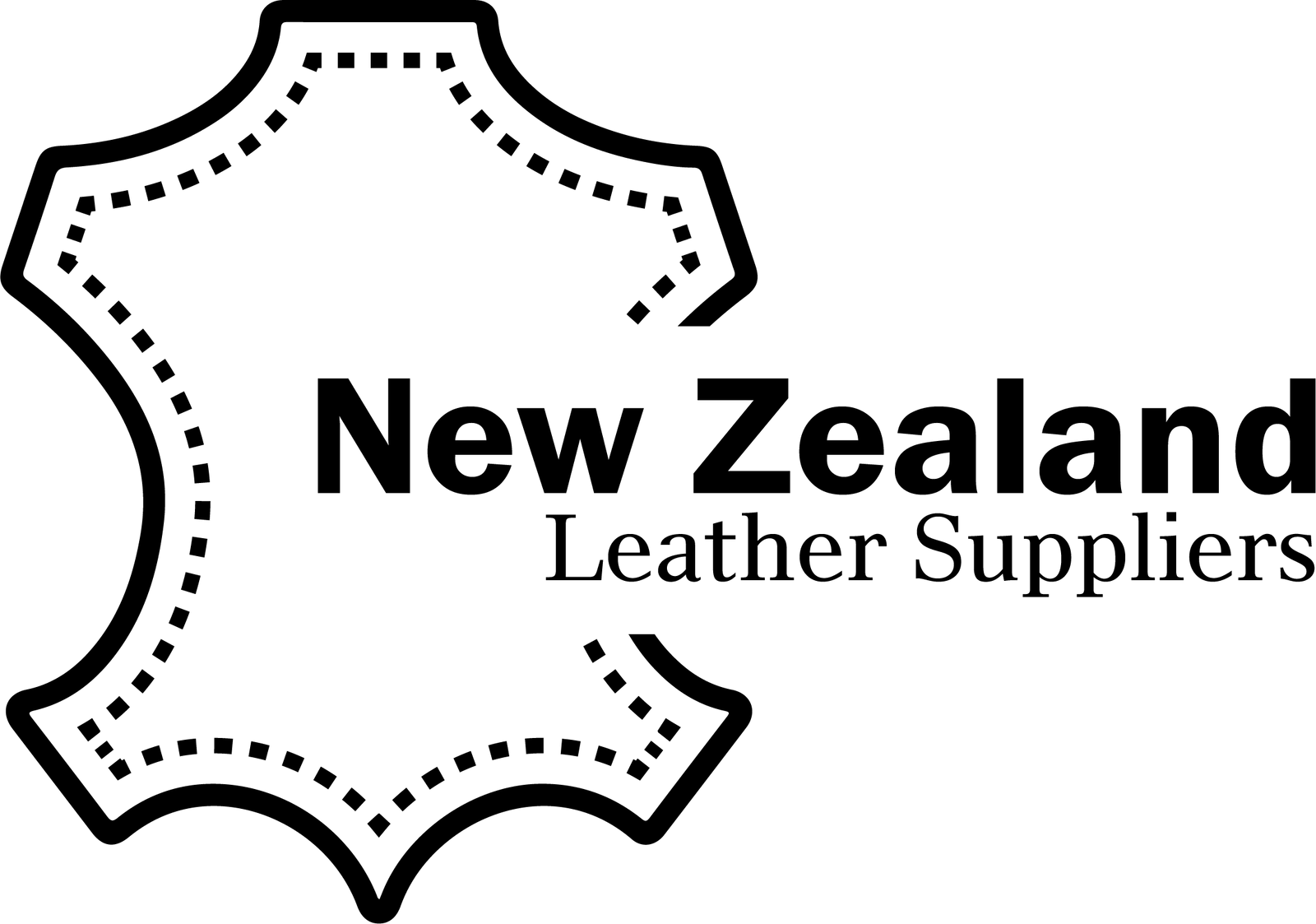Our leathers come from the tanneries in a range of cuts.
A leather hide consists of a network of interconnected fibres which vary in density throughout the hide.
The fibre structure is denser and narrower through the back area and the fibres become looser with larger spaces in-between toward the abdominal area to accommodate the animals breathing. The neck area also has a less stable structure.
Full hide –A full hide is an uncut whole hide of a large animal. This includes the double butt, double shoulder, neck, and belly area of the animal. These hides are ideal for upholstery projects requiring large areas.
Side –A side is half a cow hide cut in two down the centre back. This section includes the butt, shoulder, neck, and belly area of the animal. This cut is ideal for projects requiring longer length straps.
Double shoulder –A double shoulder is the top section cut horizontally across the hide. This section includes both shoulders, the head, and some belly area of the animal. The shoulder area is a softer part of the hide.
Belly –The belly is the uneven edge of the hide; it is a stretchy soft leather of varying thickness suitable for beginners and small craft projects.
Double butt –A double butt is a square section including both sides of the butt with the belly area trimmed. The butt is the thickest and strongest part of the hide where the fibres are denser and narrower making it the most premium part of the hide. Double butts are ideal for belting and produce minimal waste.
Skins –Leather made from smaller animals are referred to as skins. These are the whole uncut skin of the animal.
